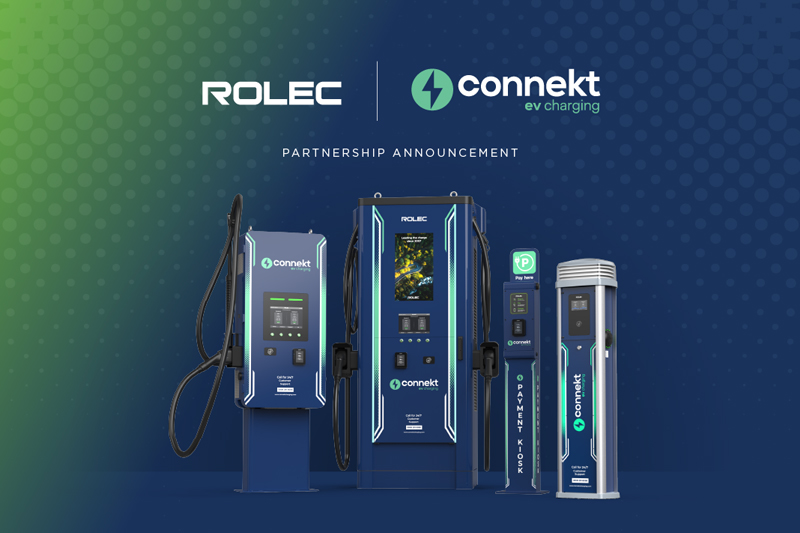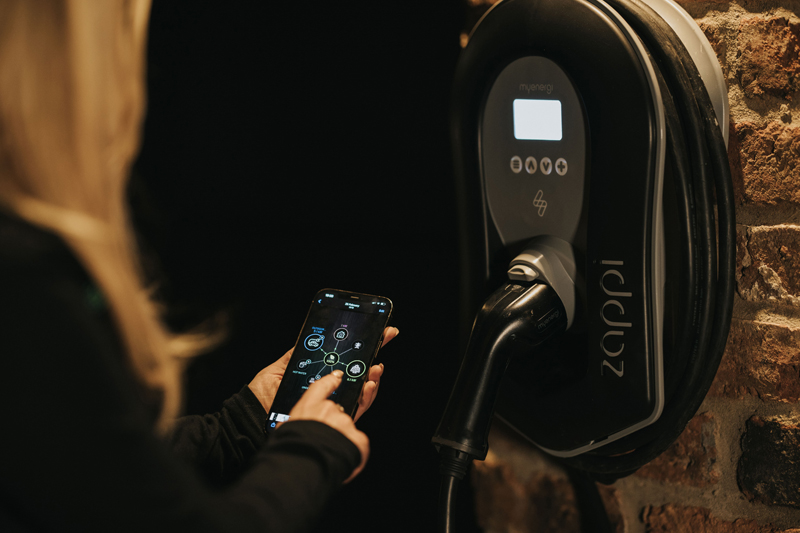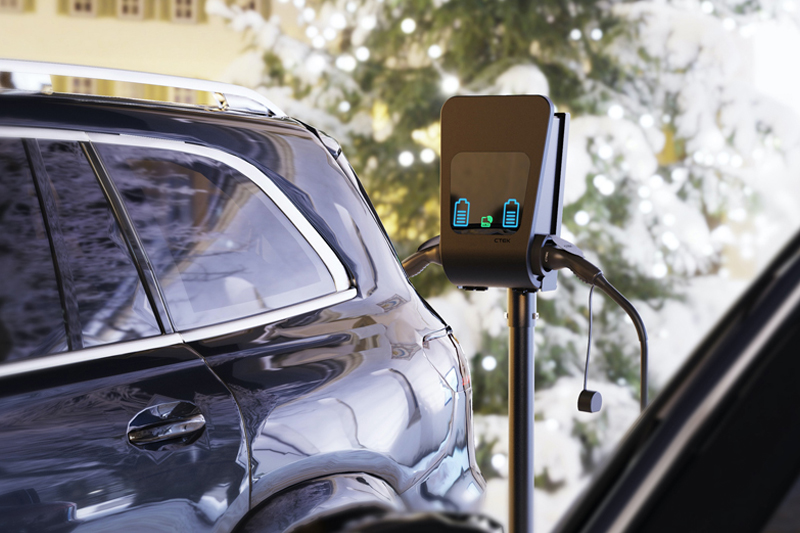In the face of growing concern surrounding the energy demands of Artificial Intelligence (AI), Ben Croxford, Managing Director at Eclipse Power Networks, explains how AI can help solve the challenge of its own power demands with information generated by smart meters and electric vehicle charging.
Artificial Intelligence (AI) is a central part of the UK government’s plan to boost growth across the UK. Through its AI Opportunities Action Plan, the government intends on using AI to deliver its wide-ranging Plan for Change, including commitments to make Britain a clean energy superpower by 2030. Elsewhere AI is being touted as a fix for everything from administrative overload in the Civil Service, to the UK’s one million-plus potholes.
But the energy demand of AI is notoriously high. In April, the International Energy Agency published a new report, projecting that consumption by data centres – where the bulk of AI processing takes place – will more than double by 2030. Globally, within the next two years, the AI industry could use as much energy as a country the size of Japan.
Within the energy sector, however, AI is emerging as a tool that not only lowers management overheads, but enables new ways of controlling generation, distribution and consumption. And by supporting the flexibility needed to accommodate increased levels of renewable generation, AI can more than offset the impact of its own power demands.
AI: the cause or cure of energy woes?
Already, across the energy sector, AI is used to optimise generation, transmission, distribution and consumption. It’s also a major instrument we’re using to help decarbonise the sector and make net zero a reality.
Energy companies use AI to connect, optimise, and control energy assets. This includes generation and storage facilities, but increasingly it extends to the major energy-consuming or storing devices owned by business or domestic customers. This list includes electric vehicles (EVs) and their chargers, but also battery storage; heat pumps; and heating, ventilation and air conditioning (HVAC) systems.
AI is being used for commercial and industrial developments to manage both generation and demand. As a tool, it helps optimise the use of distributed energy resources like batteries, solar and wind, to accommodate the peaks and troughs of grid demand.
Powered by AI, demand-side response (DSR) programmes allow suppliers to shift the load caused by electrical equipment, and balance the grid. This can be achieved by incentivising businesses and consumers to reduce their power use at peak times, but an increasing number of devices support direct control, allowing a quicker and more flexible response. For example, since December 2022 all EV chargers sold in the UK must be smart, supporting DSR and other energy management features. This allows customers on smart tariffs to benefit from ultra-low pricing, while energy companies can optimise overnight charging to match supply, and make the most of renewable power.
Platforms that enable demand response programmes, such as Octopus Energy’s KrakenFlex, use AI to determine what capacity is needed, when to call a DSR event, and what incentive to offer. With AI powering optimisation, organisations can increase the value of their energy assets by intelligently using them when the market conditions are right. In turn, this improves the return on their investment, and potentially boosts investment in new renewable assets.

Self-sustaining innovation
AI-driven programmes help optimise the use of generation resources, creating a better match between supply and demand. A vital benefit from this is that it helps the distribution system accommodate greater amounts of renewable energy. Electricity generated from wind and solar is inherently intermittent. Actively managing the demand for energy lets us compensate, for example by reducing demand when wind output falls, or stimulating it when energy is abundant.
AI offers further exciting potential to expand and improve renewable energy. For example, as a tool for scientific discovery, AI looks likely to accelerate the pace of innovation in key technologies such as photovoltaic (PV) solar modules or battery storage. Improvements here could improve efficiency or performance, lower the technologies’ cost, or provide other tangible benefits. AI is likely to emerge as a driving force for innovating cleaner energy, producing benefits that more than outweigh its own consumption.
AI isn’t just a way to improve generation and use – it can drive efficiency at the distribution level, too. That’s a key concern as the UK electricity grid struggles to adapt to fast-changing usage patterns and the growing demand for power. AI helps us take grid management to a new level. Algorithms that respond to voltage or frequency fluctuations in milliseconds will aid grid stability, enabling real-time load balancing and power-flow optimisation to reduce transmission losses.
At the planning stage, AI enables better demand forecasting and scenario modelling. AI supports accelerated connections to the grid, the smarter adoption of existing power networks, and predictive maintenance that minimises disruption and cost. And through data-led asset management, AI helps us move from reactive to preventative maintenance strategies, optimising service levels and return on investment.
But while the power industry can already point to successes, it’s not alone in facing a critical, UK-wide shortage of AI skills. These add to the challenge of adapting to shifting and growing energy use, driven in part by AI’s increased demands. By investing in skills, and by reframing AI as a strategic enabler across business functions, the power industry can continue to innovate in this area.
AI provides net benefits
AI thrives on data. The energy sector both generates and consumes enormous volumes of it. The information generated by smart meters, remote monitoring sensors, electric vehicle charging and other digital assets feeds into AI algorithms to empower smart grids and actively managed networks that benefit the electricity industry on multiple levels.
Despite some alarmism about AI’s energy consumption, it has the potential to more than compensate for its own energy demand. Indeed, as the IEA’s recent report finds, it could be instrumental in cutting costs, enhancing competitiveness and reducing emissions across the sector.
By using AI to optimise demand and generation, we don’t have to just add more generation and storage to keep abreast of peak demand. Intelligent AI-powered optimisation of smart grids and actively managed networks can provide lots of the capacity that the fast-evolving power market requires – going far beyond the additional demands created by AI data centres.
For further details, click here
Find more industry features here





